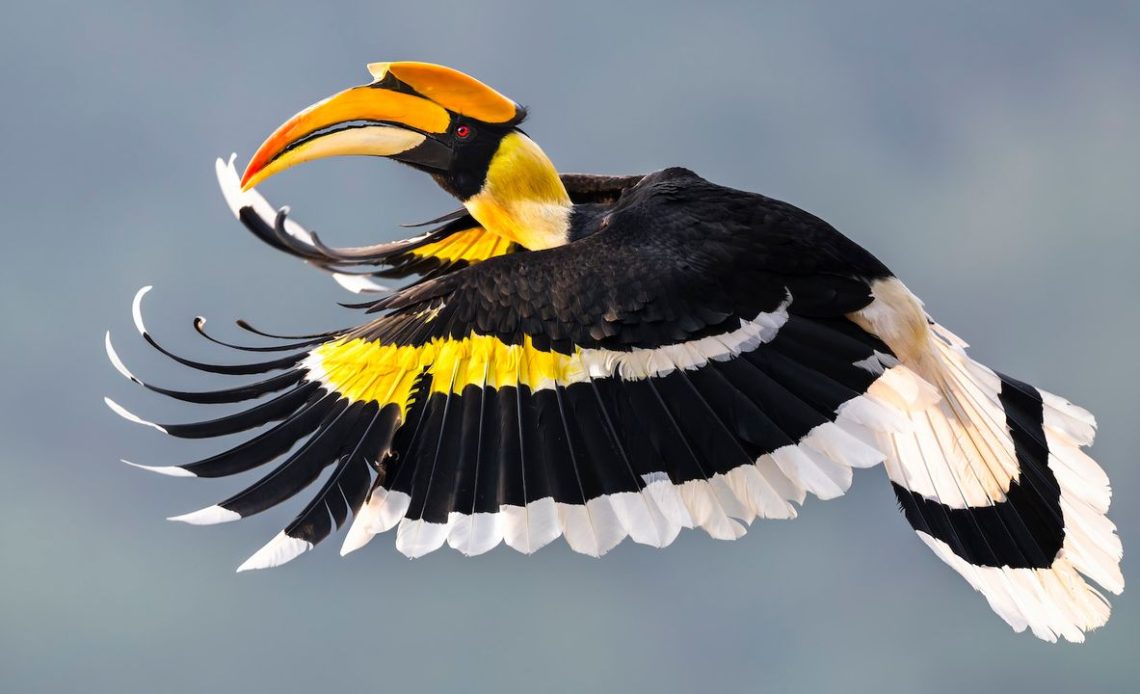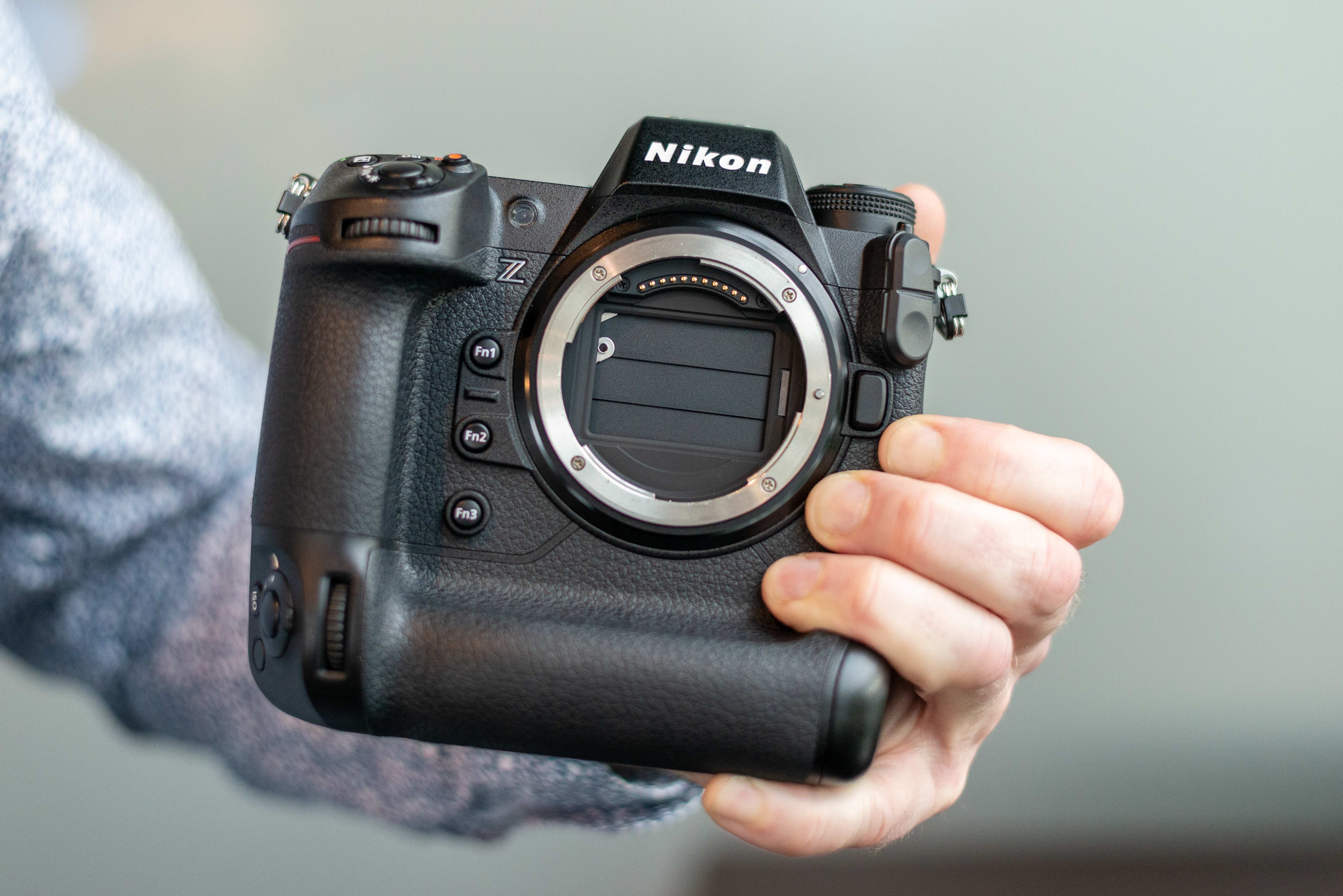
The 30th annual Nature’s Best International Awards saw entries from photographers around the globe, spanning 11 categories. Open to both professionals and amateurs, the competition encourages youth participation with free entry for those 18 and under, celebrating and promoting nature photography while raising environmental awareness.
Among the standout winners is a rising talent from Beijing, China, whose patience and vision captured an extraordinary moment of flight. Seventeen-year-old Lisiqi Ye has been awarded Youth Photographer of the Year for the image Great Hornbill in Flight – an intimate portrait of a male hornbill delivering fruit to a nesting female.
Lisiqi took this image with Nikon’s flagship professional camera, the Nikon Z9, and Z 600mm f/4 TC VR S super-telephoto, at 1/2000 sec, f/4, ISO 1600, mounted on a Gitzo tripod with a Sirui head, captured in Yinhjiang, Yunnan – a province in Southwestern China.
The story behind the shot
“In breeding season, Yingjiang’s Hornbill Valley runs on ritual. I spent days in a hide facing a fig-rich cavity the pair had claimed,” Lisiqi recalls.
“Each time the male returned, I made a tally: mud at the rim, a test landing, a flicked fig into the dark – rehearsals for persuading her to enter and stay. On the day I took this picture, he came home heavy with fruit.
“He faced the wind and bled offspeed; wingbeats drummed; the casque caught the sun. He skimmed so close the camera felt his breath. I hit the shutter as he hung, weightless, at the mouth of the hollow. By afternoon, the female had sealed herself in, and it was time for the male to start his long shift of deliveries”.
Horbills, threatened by habitat loss and hunting, rely on complex breeding rituals, making images of their interactions especially rare. Conservation efforts have helped their populations recover, but climate change and deforestation continue to pose challenges.
The gear
Nikon Z9

To freeze the hornbill’s wings at full span, Lisiqi relied on the speed and precision of Nikon’s flagship Z9. Its 45.7MP stacked CMOS sensor and 493-point autofocus system locked onto the bird as it approached the nest. Shooting at 1/2000 sec, the Z9’s electronic shutter and blackout-free viewfinder gave Lisiqi the split-second responsiveness needed to capture the bird weightless in the air.
Nikon Z 600mm f/4 TC VR S

Paired with the Z9, Nikon’s Z 600mm f/4 TC VR S lens was crucial in bringing the viewer so close to the bird’s world. The lens’s built-in 1.4x teleconverter gave Lisiqi up to 840mm of reach without compromising sharpness, facilitating photography from a respectful distance while maintaining intimacy.
Great Hornbill in Flight and other winning images will be featured in the Winter Special 2025 30th Anniversary Edition of Nature’s Best Photography magazine. To explore more winners, visit the Nature’s Best Photography website.
Author: Kim Bunermann
Source: DigitalCameraWorld
Reviewed By: Editorial Team



